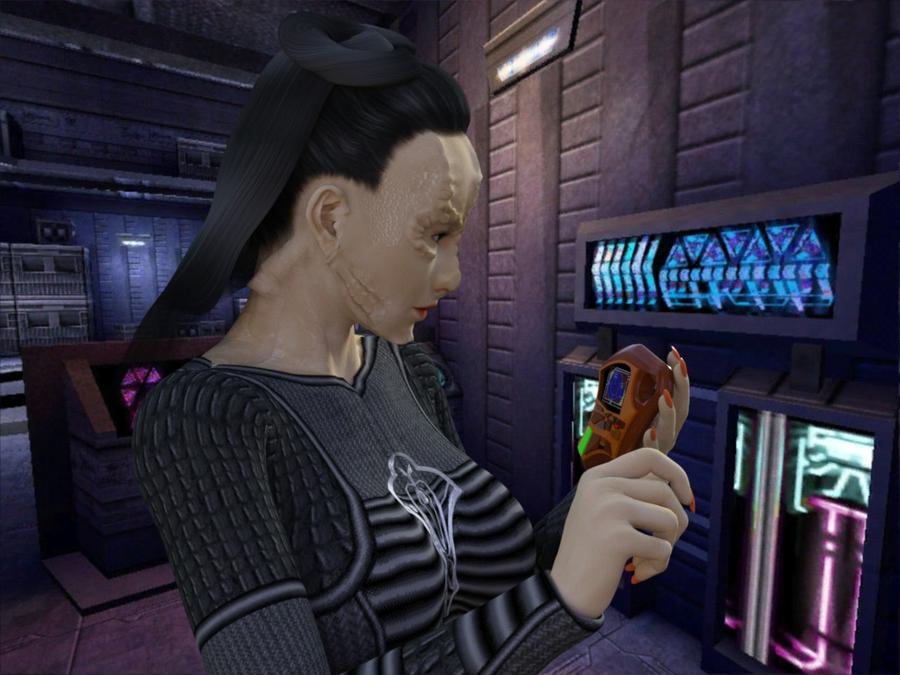Yes, that’s right, I am finally going to write a column that sounds like other RPG columns.

I’m aware that 56 episodes in a probably a bit too late to be writing a column that looks like other columns but as the adage goes, better late than never. Well, sometimes, maybe never is better.
I can’t think anyone needs an Avatar sequel but they’re still in production. So maybe the adage should be: maybe a little late than never but don’t wait until the world has moved on? I’m getting sidetracked. I’m lacking structure.
That’s what we’re going to talk about next in Genre Police – structure. We’re going to take a few columns looking at it from several perspectives.
We’ve talked about it before, back in my Shakespearean tragedy column we talked about the five act structure in great detail. But I’d like to do an overview of how thinking about structure can improve our roleplaying game on a session-to-session or overarching campaign perspective.
If you are a GM, you probably think about structure a lot without even trying – balancing combat, intelligence challenging & social encounters, making sure you check the clock to deliver a good cliffhanger, that sort of thing. But most of us, I think, eventually fall into a rhythm with their games.
For example, Our games kick off with a recap, we play for the same amount of hours each time, our adventure moves forward in a chronologically linear fashion, with us as the DM and players as their characters and we deliver an ending that makes them want to come back and play the game next time.
And that is a perfectly viable way to run an RPG. But what happens if we just take those basic structural assumptions and mess with them?
Well, let us look at the what is ‘standard’ in commonly played games (by which I mean games like D&D, Shadowrun, Savage Worlds). Well, a variety of things. We can view structure as a number of ‘dials’ we can turn up or down in order to shape the experience of play.
For now, we’re going to define these dials and summarise what can happen when we tweak these dials.
Dial One – Continuity
Standard Assumption: You kick off a game with a recap and deliver an ending that makes them want to come back was our opening and closing statement. This because our adventure is part of an ongoing story where continuity is important. The story progresses from week to week.
Turning The Dial Up: You layer the plot with many NPCs and make a wiki so players can keep track. You have multiple groups running in the same universe that shape the world and affect each other. This creates a dense ‘living world’ feel for your players but can lose casual players
Turning The Dial Down: The game is more episodic with adventures taking one or two sessions, and most continuity resets every session. This creates a game much more like a syndicated TV show. Most Nineties Star Trek stories functioned like this and makes the game easy to follow.

Dial Two – Longevity
Standard Assumption: Most games run for as long as DM imagines a plotline for the players. A series of adventures designed to end once a story of these characters is told.
Turning The Dial Up: The game has no endpoint or an endpoint defined beyond the story of the characters who starts. This is a series of ongoing adventures that may be bigger than the first set of PCs, maybe a generational story.
Turning The Dial Down: The game takes place over a very small amount of time, focusing only on one event or thing that happens. A lot of games under this dial are one-shots.
Dial Three – Duration Dial
Standard Assumption: Most games are played between 3-6 hours slots and allow players to experience a full beginning, middle and end.
Turning The Dial Up: Inviting people to play for a whole day or weekend creates a very immersive play experience. It can also be a test on the nerves.
Turning The Dial Down: If the game is under 3 hours, what you can do is very different. Each scene has to hang with possibility. But handled correctly, it can be an exciting, explosive campaign.
Dial Four – Time Dial
Standard Assumption: Our game is told in linear order. From the beginning to the end. Scenes progress in order, and they depict real-time events in order.
Turning The Dial Up: The game skips sections. Maybe days are brushed over at a time. Often this dial is turned up during downtime and cover weeks. A game is a series of interesting moments that we then jump forward to the next important story moment.
Turning The Dial Down: This game depicts every second. Most, but not all, games turn this dial down during combat and break the game into seconds-long turns in order to highlight the action.
Breaking The Dial: I should mention there’s also breaking a dial. We’ll go into it more detail in later columns, but it’s worth mentioning here that it is totally possible to play a game out of linearity. Games like Microscope skip forward and backwards in the narrative.

Dial Five – Narrative Dial
Standard Assumption: The GM is in control of events and interprets the results of rolls. Players control their characters actions, and the GM/game cannot tell them what they do.
This is the dial that gets moved around most without people thinking about it.
Turning The Dial Up: The GM and system sometimes dictate behaviours and events to players. The players must follow these to find out what happens.
Turning The Dial Down: The GM only has some narrative control, players occasionally describe scenes and make up setting details. Players are able to interpret their roll results.
Dial Six – Characters Dial
Standard Assumption: Each player plays one character during the campaign. They may change or retire a character and start a new one, but generally, they play one character.
Turning The Dial Up: Players play multiple characters or an ensemble cast based around a location/story.
Turning The Dial Down: Multiple players play one character. Maybe everyone plays one character.
So there’s a lot to unpack here. For now, it’s worth just looking at these dials and considering what you could change for your game.
Next time, we are going to start unpacking these structure dials and see what types of game we can create and some things to do to make those games work. Join us when we start fiddling with our continuity dial. I hope that means this lead-in hasn’t been retroactively affected by it. Beware The Penguins.
Creative Commons credit: Steampunk Hero by Erick Hinojosa, Cardassian Tricorder by MurbyTerk and Metropolis time travel by Julien Strong.
See any comments you like below? Give them a thumbs up in the rating system.

